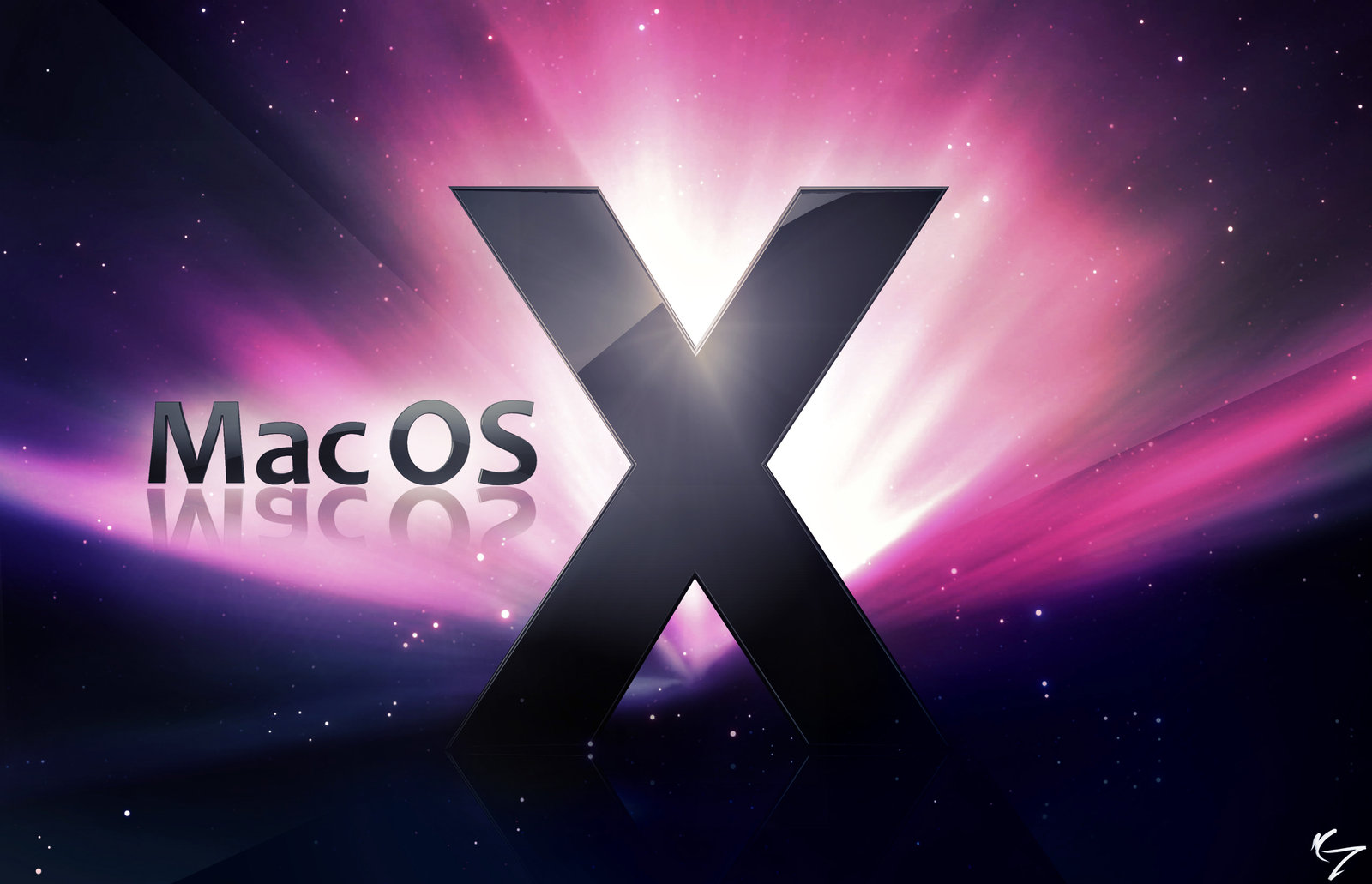OS X has long let you assign color tags to files and folders as a visual cue for the file contents, such as for a specific project. OS X Mavericks extends that to include user-defined tags that you can add to files and folders in the Finder, Get Info window, and( for files) when you save them. You can then display these tags in the Finder's Sidebar or via OS X's search facility to quickly display files tagged using whatever labels you want. If you're a person who organizes your work, you now have a new tool for doing so. The new iCloud Keychain does two things you'll appreciate. One, it can now save credit card information entered on websites, so you don't have to keep re-entering that data.
(Relax: You still need to enter the CVV code, as iCloud Keychain intentionally does not retain that verification code.) The other is that your saved passwords and credit cards are synced across your Macs and iOS devices if they're signed into the same iCloud account and have iCloud Keychain enabled. Apple has added extra verification to protect iCloud Keychain data, so another user would need more than your iCloud sign-in information to enable it.
The notifications banners are a handy way to see when you have new messages without stopping what you are doing. But if you want to act on the notification, they get a bit onerous, as you have to launch the related app from the banner.
In OS X Mavericks, you can respond to a notification within the banner. Hover the pointer over the banner and click the Reply button (or whatever it's called for that specific type of notification) to be able to respond immediately. If the reply requires additional resources, the appropriate element will appear; for example, when replying to an email, you get a standard message window - but not the full Mail application. I've long fumed about Safari (and Google Chrome) not providing a sidebar for bookmarks. Neither having to go to a bookmarks page that obscures the current website nor having to use an easily crowded bookmarks bar meet Apple's usability standards. So I've standardized on Firefox, because all my many personal and work bookmarks are easily available in its sidebar. But as Firefox has become less stable over time, I've wanted to ditch it, but going sidebar-less wasn't an option.
The Most Important Mavericks Feature For Macbeth
That book-reading software is the top-billed new feature in Apple’s new desktop software gives you a hint about the update’s evolutionary rather than revolutionary nature. That said, iBooks for Mac is a well-done piece of software, just as you’d expect from Apple.

Safari 7, which debuts in OS X Mavericks, has a proper sidebar for bookmarks. Now I can dump Firefox! This is my favorite new feature in OS X Mavericks. The Safari browser's new Sidebar has the Shared Links option.
The Most Important Mavericks Feature For Mac
It lists all URLs shared to you via your social networks. (You must first connect OS X to these social networks via the Internet Accounts system preference.) Shared Links provides a handy list of all the Web pages that your friends and colleagues have been discussing or recommending. Even better, the original post appears above the Web page when you open it, and you can even repost or share it with more people from within Safari. OS X Mavericks also integrates Maps with Calendar. If an appointment has a recognized address, Calendar shows a preview map of the location; double-click it to open the location in the Map application. Calendar also calculates the drive time to such destinations based on your current location and historic traffic patterns for that time of day, adding that drive time to your calendar as well. (Actual conditions will update the calculation as the meeting time approaches.) It's not perfect, but it can help you ensure sufficient time between meetings.
People don't like being asked to install app updates. John McCain even used a tax hearing to complain about app updates to Apple CEO Tim Cook. So OS X Mavericks updates apps - meaning those purchased in the Mac App Store - for you, if you tell it to via the App Store system preference. (Security updates also auto-install by default, a feature introduced in OS X Mountain Lion.) You can also have Mavericks auto-install App Store apps purchased on other Macs linked to the same Apple ID, just like how iOS works.